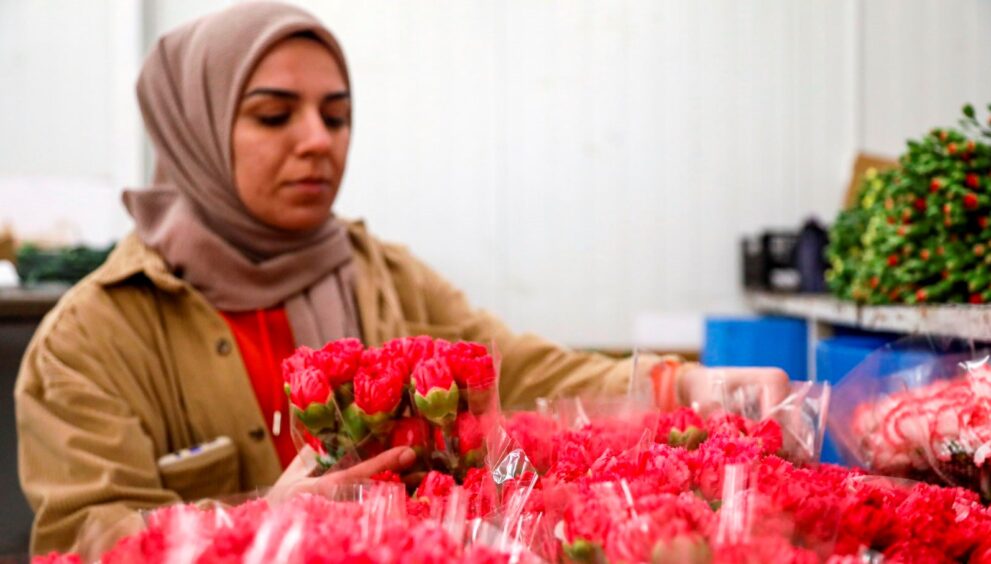Valentine’s Day Rush Begins: Flower Export from Antalya to 30 Countries! Red Carnations Sold the Most

In preparation for Valentine’s Day on February 14th, Antalya, known as the ‘Flower Center of the World’, exported 75 million flower stems to 30 countries, primarily the Netherlands, totaling 8-10 million dollars. The most preferred flower in this export was once again the red carnation. The sector experienced a 20% growth compared to the same period last year.
Antalya, known for both tourism and greenhouse production, is making a significant contribution to the country’s economy by sending flowers to both the domestic market and European and Balkan countries in the cut flower sector. Industry representatives from Antalya, considered the ‘Flower Center of the World’, even export flowers to the Netherlands, which hosts the largest flower auction. They also export flowers to countries at war such as Russia and Ukraine.
Despite being the supplier of flowers to 30 European and Balkan countries, the tourism city of Antalya sent 75 million flower stems worth 8-10 million dollars for Valentine’s Day. This year, among the flowers, carnations were once again the top choice, with red being the most preferred color symbolizing love.
Ismail Yilmaz, the President of the Central Anatolian Ornamental Plants and Products Exporters’ Association, mentioned that flower shipments are nearing completion. Yilmaz stated that flowers are being sent via truck and airplane cargo, and they have started 2025 with a good pace. He also pointed out that their sector is among the top 5 with the highest export growth. They anticipate a 20% increase compared to last year’s Valentine’s Day, with estimated revenue of 8-10 million dollars.
Yilmaz highlighted, “We have increased our exports significantly. We sent flowers to countries including the Netherlands, the United Kingdom, Germany, Romania, Ukraine, and Russia. Once again, the most preferred flower was the carnation.” Yilmaz explained that due to high land prices for flower production, they are struggling to find enough production area. He emphasized that resolving the land issue would lead to more export revenue, saying, “We are facing challenges in finding available or rentable land. We wish for inactive lands owned by the Treasury to be utilized by the sector. This translates to increased production and more foreign currency. Kenya implemented this model, and their export revenue, which was zero, has now reached up to 850 million dollars.”






















































































































































































































































































































































































































































































































































































































































































































































































































































































































































































































































































































































































































































































































































































































































































































































































































































































































































































































































































































































































































































































































































































































































































































































































































































































































































































































































































































































